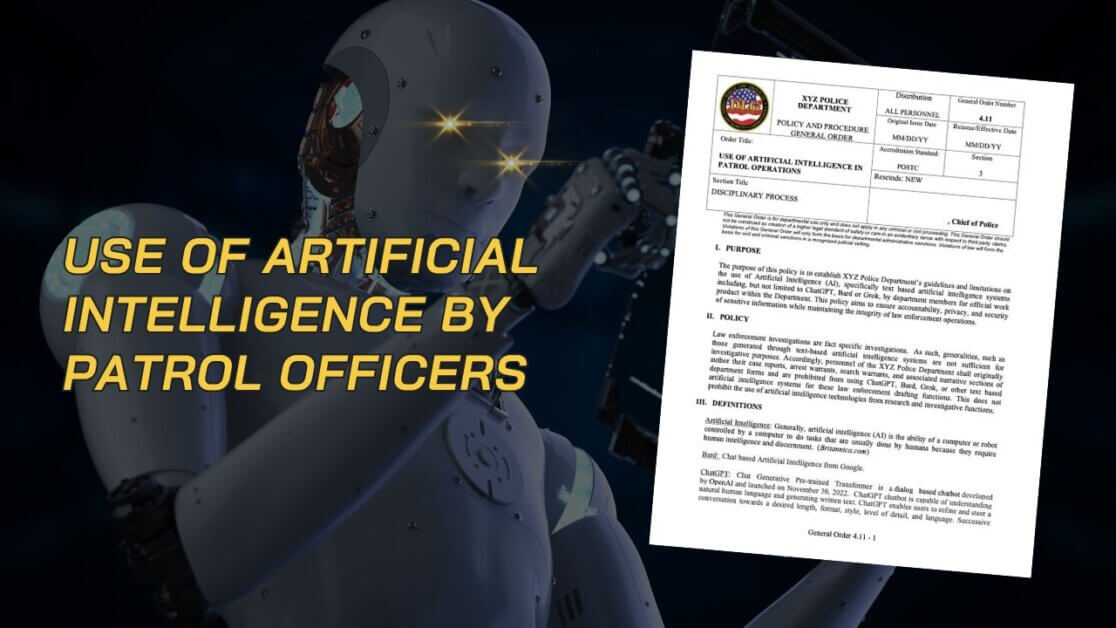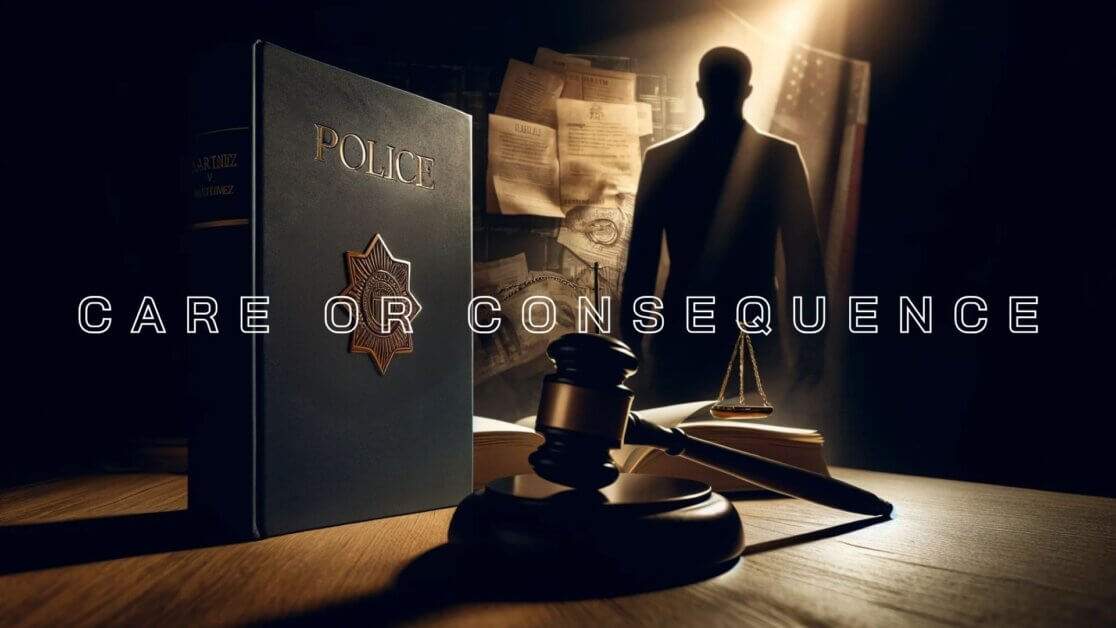The United States Court of Appeals for the Third Circuit recently heard United States v. Amos, a case delves into the Fourth Amendment, specifically focusing on the threshold of reasonable suspicion required for a lawful seizure.1
On a September night in 2018, Officers Hugo Lemos and Nicholas Mastroianni, patrolling in southwest Philadelphia, received a distress call near Eddie’s Café. Upon arrival, they found the café deserted, but noticed the defendant, Amos, walking alone in an alleyway across the street, showing signs of unusual behaviors; like stomping his feet and flailing his arms. This behavior, especially at 2:00 a.m., triggered the officers’ suspicion. In response to this, the officers changed course, deciding to approach Amos for a brief check. They drove their patrol car into the alleyway, parked their vehicle partially blocking the alley, and turned on their overhead lights. Officer Lemos stepped out of the patrol car and instructed Amos to stop and raise his hands. Amos initially complied, pausing first, and then partially raising his hands. However, this compliance was fleeting; within seconds, Amos decided to flee, leading to a brief pursuit by the officers. The officers apprehended him within seconds, and during the arrest, a handgun fell from Amos’s pocket – a firearm he was prohibited from carrying due to a prior felony conviction.
Amos was charged with possession of a firearm by a felon and filed a motion to suppress the evidence of the firearm. Amos’s motion was grounded in the argument that he was seized without reasonable suspicion in violation of his Fourth Amendment rights, so the firearm should not have been admissible in court. The district court denied the motion to suppress, finding that there was no seizure prior to Amos’s attempt to flee from the officers. Amos appealed to the Third Circuit Court of Appeals, seeking a reconsideration of the district court’s ruling.
On appeal, the Third Circuit considered whether Amos was “seized” under the Fourth Amendment before his attempt to flee from the police. The United States Court of Appeals for the Third Circuit held that Amos was not seized until after he attempted to flee from the police officers, and at that point, the officers had reasonable suspicion to seize him based on his attempt to flee. Thus, the firearm was admissible, and the motion to suppress was correctly denied by the district court.
The Court first examined whether the officers had exhibited a show of authority when they encountered Amos in an alleyway. The Court explained that this question is based upon an objective standard, questioning whether a reasonable person, under the same circumstances, would have felt they were not free to leave. The Court reasoned that a reasonable person, confronted with these specific actions by the police—being stopped by an officer emerging from a squad car parked directly in their path, at such a late hour, with the added urgency of flashing lights—would feel they were not at liberty to walk away from the interaction. The court concluded that the officers’ conduct constituted a clear show of authority.
The Court then turned its attention to whether Amos submitted to the officers show of authority. To determine whether an individual has submitted to a show of authority, the Court considers both the nature of the show of authority, and the individual’s conduct at the moment in question. The Court explained that submission requires something more than a momentary pause. Citing the precedent set by Hodari D., the Court emphasized that submission to authority “requires at a minimum, that a suspect manifest compliance with police orders.”2
In Amos’s case, his fleeting pause and partial raising of his hands, following the officer’s command to halt and raise his hands, did not constitute such compliance. Rather, the court interpreted Amos’s actions as hesitance rather than an unambiguous submission to authority. This momentary hesitation did not rise to the threshold required for finding that submission occurred, therefore, the Court held that Amos had not been seized within the meaning of the Fourth Amendment at this point. The Court reasoned that the critical moment of the seizure occurred only when Amos decided to flee. It was this act of flight that provided the officers with the necessary reasonable suspicion to pursue and subsequently apprehend him.
The Court held that Amos’s actions prior to his attempt to escape—characterized by his pause and incomplete gesture of raising his hands—did not signify submission to the police’s display of authority. Since Amos did not submit to the officers’ show of authority, and therefore was not seized until the officers detained him based on reasonable suspicion, the Third Circuit affirmed the district court’s denial of his motion to suppress the firearm.
The Amos case serves as a reminder for officers to approach each encounter with a clear understanding of the individual’s perspective. It reinforces the need for clear communication and unambiguous instructions to ensure that compliance is not mistaken for submission. This distinction shapes the legality of our actions, which could inadvertently escalate an encounter or compromise the legal standing of a seizure.
1 US v. Amos, No. 20-3298 (3d. Cir. 2023).



